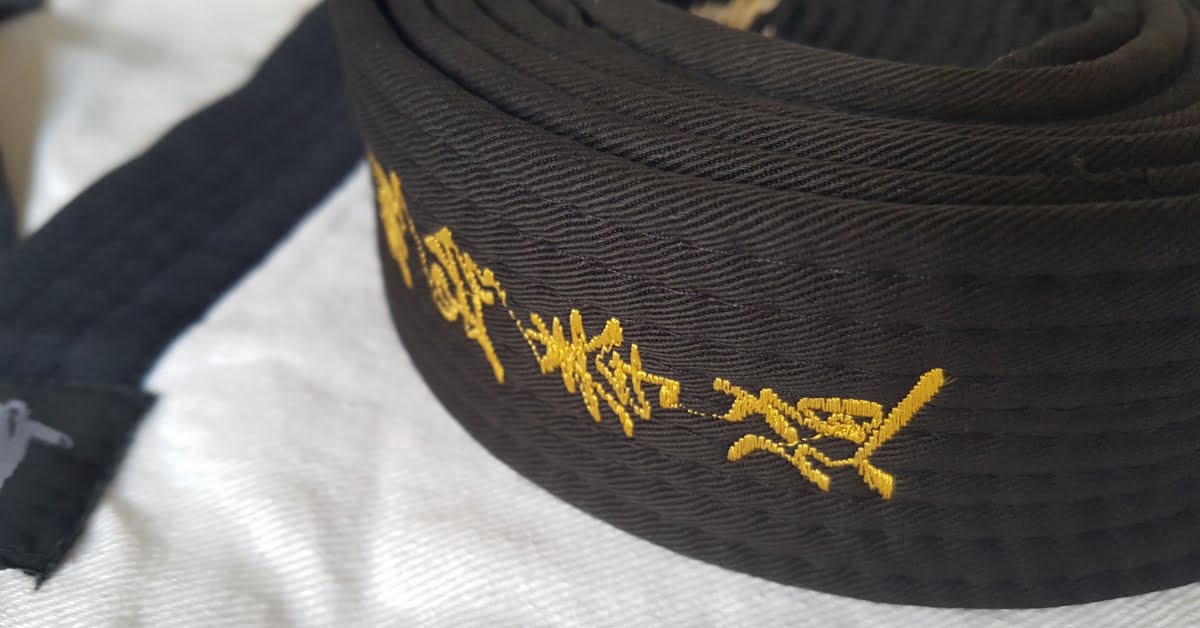It is generally accepted that black belt holders have reached the pinnacle of excellence in their martial arts. We checked if this is true.
When it turns out that a person known for completely different merits has a black belt in some Japanese or Korean martial arts, this usually evokes genuine respect. In the eyes of the public, this means that a person outside of his main profession has achieved, if not the maximum, then something close to it. For example, the presidents of Russia and Mongolia (the latter has already left his post), according to Media, there are black belts in judo, ex-president of Lithuania Dalia Grybauskaite and famous football player Zlatan Ibrahimovic have black belts in taekwondo, and the actor Steven Seagal - in Aikido. But sometimes you can come across information that gives rise to doubts about the highest rank of attributes of this color. For example, when in Ian Fleming's novel "You only live twice" James Bond asks his interlocutor about his success in judo, he replies: “Just a seventh dan black belt. I never received the red belt, which is from the eighth to the eleventh dan.”
The ranking system in martial arts originates in judo - a martial art created by the Japanese Jigoro Kano in the 1880s based on jujutsu. At first, Kano's students fought in ordinary traditional clothing, a kimono, tied with a wide obi belt, which, upon achieving a certain skill, changed from white to black. In 1907, Kano introduced a special form - judogi, however, he still used belts of only two colors. White personified purity, and black, its opposite, showed that the student had mastered knowledge. More than two decades will pass, and the founder of judo will decide to introduce additional colors for the classification of black belts, and in the meantime in Europe they will already be active use other shades to differentiate lower ranks.
First of all, it should be noted that a belt is only a visual, material demonstration of a person’s achievements. It corresponds to one of the degrees that in judo and other Japanese martial arts share for kyu (student) and dana (workshop). In the Korean martial art of Taekwondo, student degrees are called "gup". All rank systems have one thing in common: the ranking of kyu (gyps) is descending (in traditional judo - from sixth to first) as skill increases, and the ranking of dans is ascending (from first and above). Exists legend, as if there are 12 dans in judo, but the 11th and 12th are not assigned to anyone, so as not to equate mere mortals with Jigoro Kano, who achieved both. In fact Kano did not have any degree in judo. Being the creator of the rank system, he could not assign dan to himself, and all other judokas were his direct or indirect students, that is, they did not have similar powers. The number of dans in judo, according to the precepts of the same Kano, is unlimited, but no one has really received a dan higher than the tenth.
So let's get back to the flowers. In Japan, where judo traditionally has six grades of kyu, the colors used are mainly white and brown, with sometimes green (in between). In Europe, where there are often ten kyu degrees, there are also many more colors of student belts. And, what is important, both here and there are given are designated not only a black belt:

As you can see, dan holders from sixth to eighth receive red and white belts, and those few who have raised their skills to ninth and tenth receive red belts. At the same time, both of them prefer to wear a black belt in competitions, having the right to do so.
The situation is similar in traditional And Brazilian Jiu-Jitsu, where the upper dans are distinguished by a high proportion of red color with the only difference being small stripes. In karate kyokushin (one of the many varieties of this martial arts) and taekwondo As the dan increases, the number of gold stripes on the black belt increases. Other styles of karate may combine black-gold (lower dans) and red-white (upper dans) belts in their system. But in the traditional aikido There are only three Dans, and all of them correspond to a black belt. In Brazilian capoeira With all the variety of belt (lace) systems, most often the highest level corresponds to... white color.
How much more often people receive a “simple” black belt than more prestigious ones is easy to see from statistics Distribution of ranks in judo in Great Britain among men and women for 2018. As can be seen from the diagram, the ratio between the dans differs by orders of magnitude, and no one was able to climb higher than seventh that year:

Thus, a black belt in martial arts does not always correspond to the maximum achievable level of skill - sometimes it is lower, for example, red or red-white. In addition, famous people often they assign honorary tributes, which, for example, for politicians are limited to the term of their reign and do not carry any special sporting value. At the same time, colored belts of any dans are informally called black and are often used in competitions.
Half-truth
Read on the topic:
If you find a spelling or grammatical error, please let us know by highlighting the error text and clicking Ctrl+Enter.







